What Material and Thickness Say About Your Application
When it comes to cleanroom design, not all wall systems are created equal. Selecting the right cleanroom wall panel isn't just about aesthetics or initial cost—it's about functionality, compliance, and long-term performance. From lightweight plastic overlays to high-performance insulated metal panels, the thickness and material composition of your wall system can dramatically influence the integrity and efficiency of your cleanroom.
Here’s a breakdown of the three primary types of cleanroom wall panels and when each is most appropriate:
🔹 1. Thin Plastic or FRP Panels (~1/4")
Best for: Budget-friendly cleanrooms, existing wall upgrades, or light-duty clean environments.
Typical Materials:
PVC Polycarbonate
Acrylic Polypropylene
Fiberglass Reinforced Plastic (FRP)
System Characteristics:
Installed in aluminum storefront-style framing systems or mounted over existing drywall/CMU surfaces.
Provide a chemically resistant, cleanable surface, but offer little to no insulative or structural value.
Ideal for applications with low humidity/temperature sensitivity or non-classified clean areas.
Use Cases:
Cosmetic manufacturing
Food packaging facilities
Gowning rooms or transitional zones
🔸 2. Modular 2" Wall Panel Systems
Best for: Freestanding cleanrooms and controlled environments requiring design flexibility and performance.
Common Core and Skin Combinations:
Aluminum skins with:
Aluminum honeycomb
Paper honeycomb
Styrofoam core
ElFoam (phenolic foam)
Stainless steel skins for corrosive or cGMP applications
System Characteristics:
Freestanding, demountable, and reconfigurable.
Built to integrate return air chases, electrical raceways, and flush-mount features.
Offers a balance of cleanability, strength, and thermal performance.
Use Cases:
ISO Class 7-8 cleanrooms
Pharmaceutical compounding suites (USP 797/800)
Biotech and electronics manufacturing
🔿 3. Insulative Panels (4"+ Thickness)
Best for: Cleanrooms requiring thermal insulation, exterior envelope performance, or structural integrity.
Typical Systems:
Sheet metal exterior skins (galvanized steel, aluminum, stainless steel)
Rigid, high-performance insulation cores (e.g., Kingspan QuadCore®, PIR, unknown insulative materials)
System Characteristics:
Designed for temperature and humidity control, often used for envelope walls.
High R-values and fire ratings, often tested for FM or NFPA compliance.
Not always demountable or modular, but excellent for energy-efficient, high-integrity builds.
Use Cases:
Exterior cleanroom structures
Cold storage cleanrooms
Clean zones with strict climate control requirements
🔧 Choosing the Right Panel for Your Application
When selecting a cleanroom wall system, consider the following:
Contamination control requirements (ISO classification, GMP compliance)
Thermal/humidity stability needs
Flexibility for future modifications or expansion
Installation constraints and speed
Budget vs. lifecycle cost
At Cleanroom Specialists, we work with a wide range of panel systems—from basic FRP overlays to modular aluminum honeycomb panels and high-performance Kingspan wall systems. We help our clients navigate material and design decisions to ensure long-term compliance, cleanliness, and operational efficiency. Need help selecting the right wall system for your cleanroom? Contact us or visit our Cleanroom Walls page for more information.
